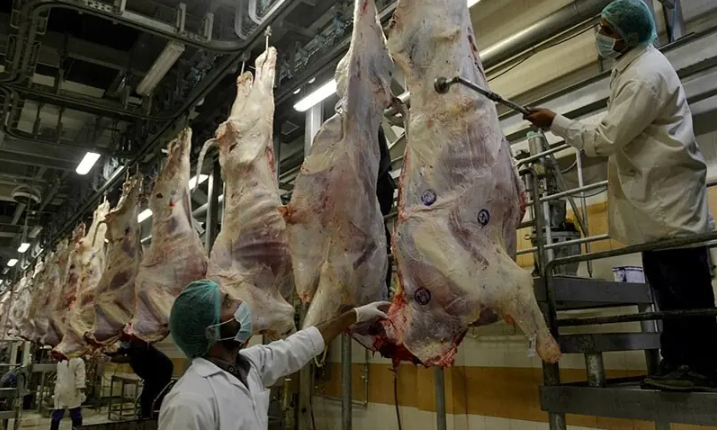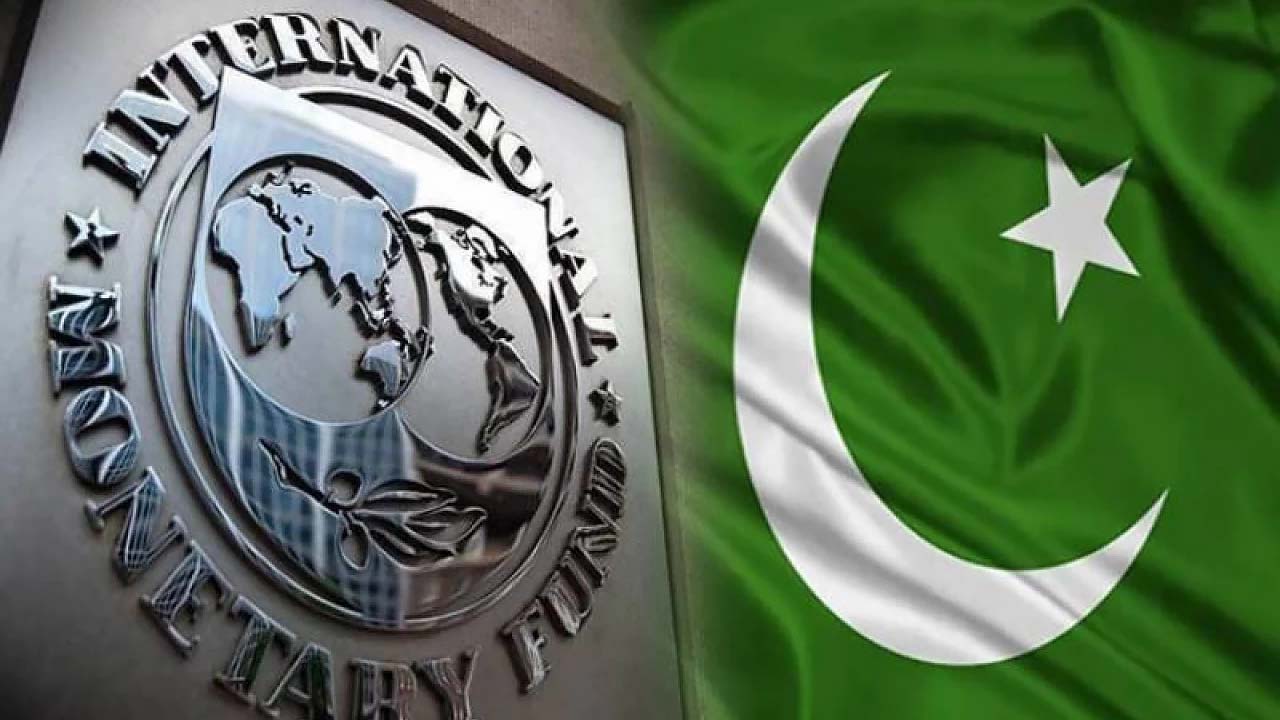PTBP Web Desk
The government of Pakistan has unveiled an ambitious plan to raise its meat exports to Malaysia to US $200 million. This directive was issued by Jam Kamal Khan, Federal Minister for Commerce, during the 3rd meeting of the Committee on Pakistan Malaysia Cooperation on meat export.
Chairing the meeting, Jam Kamal emphasised that strengthening Pakistan’s meat export sector and ensuring competitive pricing in the Malaysian market are critical to meeting this target. PID+1 He directed the formation of a working group to submit a final report within one week, and highlighted that all relevant stakeholders—including provincial governments of Khyber Pakhtunkhwa and Balochistan—must be consulted.
The meeting was attended by Rana Tanvir Hussain, Federal Minister for Food Security, and Haroon Akhtar Khan, Special Assistant to the Prime Minister.
The target of boosting Pakistan’s meat exports to Malaysia centres on several strategic priorities:
1. Cost and competitiveness – Discussions concentrated on CNF (Cost & Freight) pricing, and a comparative cost analysis with India, to ensure that Pakistan’s meat export sector remains competitive in Malaysia.
2. Supply chain logistics – The committee reviewed the supply chain for both buffalo and cow meat, emphasising that production, transport, slaughterhouse operations and shipping must all meet Malaysian market standards.
3. Quality and market fit – Importantly, the meeting noted that Malaysia’s import requirements call for buffaloes aged between 14 18 months. Ensuring that Pakistan’s exporters align with this specification was highlighted as a key compliance step.
4. Technical efficiency – The meeting addressed operational issues such as electricity costs at farms and slaughterhouses, adoption of technology upgrades, and operational efficiency improvements to reduce production costs and improve margins.
5. Stakeholder engagement and incentives – The government stressed that private sector participation is crucial, and that appropriate incentives and consultation with provincial governments will form part of the sustainable export model.
The Malaysian meat market presents a strategic export destination for Pakistan’s meat industry. As a country with growing demand for halal certified meat, Malaysia offers an avenue for Pakistani exporters to leverage existing halal meat infrastructure and competitive production costs. By targeting US $200 million in exports, Pakistan hopes to establish stronger footholds in regional halal meat trade, diversify its export base, and reduce reliance on traditional export markets.
Given competition from other meat exporters such as India and Australia, Pakistan must ensure that its pricing, logistics, quality control, and compliance standards are aligned with Malaysia’s expectations. The recent committee meeting under the Commerce Ministry reflects recognition of that challenge.
While the target is ambitious, several challenges must be addressed to make it feasible:
• Cost pressures: High electricity costs, inefficient mitigation of slaughterhouse operations, and transport/logistics bottlenecks could erode margins and reduce competitiveness.
• Quality control & compliance: Ensuring the age specification (14 18 months for buffaloes) and maintaining halal certification throughout the supply chain are vital. Non compliance or quality lapses could jeopardise market access.
• Competition: Regional players may offer similar products at lower costs; hence Pakistan must sharpen its cost structure and value proposition.
• Stakeholder coordination: Given the need for consultation across federal and provincial levels (e.g., Khyber Pakhtunkhwa, Balochistan), and across private and public sectors, achieving alignment may be complex.
• Incentive framework: Private sector exporters will require clear incentives and support to scale operations, invest in technology, and meet export grade standards. Without this, achieving the US $200 million target may be harder.
• External shocks: Fluctuations in feed costs, outbreaks of animal disease, global logistics/transport disruptions or trade policy shifts in Malaysia could affect export growth.
In line with the minister’s directive, the newly formed working group must deliver a comprehensive report within one week outlining:
• A cost benchmarking exercise comparing Pakistan’s meat export cost structure (farm to ship) with competitors (notably India).
• A roadmap for scaling buffalo and cow meat exports to Malaysia, detailing supply chain bottlenecks, age specification compliance, and logistics improvements.
• A proposal for fiscal and regulatory incentives to private sector exporters (e.g., subsidies, tax breaks, streamlined export licensing).
• A strategy for provincial coordination (with Khyber Pakhtunkhwa, Balochistan, etc) to mobilise regional capacity, ensure supply flow, and raise production to export grade standards.
• A timeline with measurable milestones toward achieving the US $200 million target, plus risk mitigation measures for major obstacles (cost inflation, quality lapses, logistic delays).
• An engagement plan for Malaysia side stakeholders to secure import contracts, agree bilateral trade terms, and ensure market access.
• Recommendations on technology upgrades and operational efficiency improvements for farms and slaughterhouses, to lower unit costs and improve export viability.
This push to raise meat exports to Malaysia signals a broader shift in Pakistan’s export diversification strategy. By building up its meat export sector, Pakistan aims to:
• Tap into halal meat markets beyond its traditional export destinations.
• Reduce vulnerability associated with commodity based exports (e.g., textiles) and leverage its livestock base.
• Improve value addition domestically by upgrading slaughterhouse, cold chain and export logistics infrastructure.
• Create employment and investment opportunities in livestock farming, processing and cold chain logistics, especially in underserved provinces.
• Strengthen bilateral trade ties with Malaysia, opening doors to related sectors (e.g., meat derived products, processed meats, by products) in the future.
In this sense, achieving the US $200 million target is not simply a numeric goal but part of a structural transition for Pakistan’s meat export sector. If successful, it could become a template for similar bilateral efforts in other markets.
Key developments to watch include:
• Announcement of the working group report and its findings in the coming week as per the Commerce Ministry’s timeline.
• The extent and nature of incentives announced for meat exporters (possibly via the Ministry of Commerce (Pakistan) or provincial governments).
• Any memoranda of understanding (MOUs) or contracts signed between Pakistani export firms and Malaysian importers.
• Changes or upgrades in cold chain infrastructure, slaughterhouses and provincial livestock supply systems triggered by this policy push.
• Progress in aligning Pakistan’s cost structure (farm, slaughterhouse, logistics) with benchmarking data comparing India exports and Pakistan exports.
• Movements in actual export volumes of buffalo and cow meat to Malaysia over the next quarters, to evaluate whether the US $200 million target is on track.
• Any regulatory developments in Malaysia relating to halal meat imports and Pakistan’s certification/eligibility status in that market.




